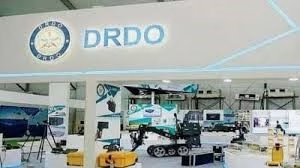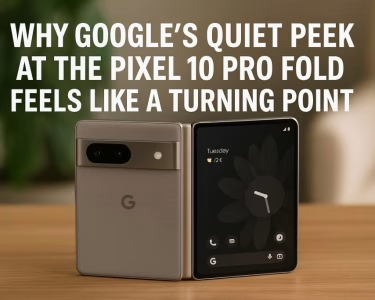We’re standing at the edge of the quantum era—but let’s be honest, we’re not fully there yet. Quantum computers are cool in theory, but in practice? They’re still extremely limited, expensive, and mind-bogglingly complex.
That’s where hybrid quantum-classical systems come in. Think of them as a tech tag-team: quantum and classical processors working together, each doing what they do best. Combine that with the precision of quantum sensors, and you’ve got a practical stepping stone toward real-world quantum computing.
If you’re curious about how we’re bridging today’s classical tech with tomorrow’s quantum future, this post is for you.
Why Classical Computers Can’t Handle It Alone
Classical computers—your laptops, phones, and even supercomputers—work using binary bits: 0s and 1s. They’re incredibly fast and efficient, but they hit a wall when problems get too complex (like simulating molecules or cracking next-gen encryption).
Quantum computers, on the other hand, use qubits, which can represent 0 and 1 at the same time thanks to superposition. This makes them theoretically perfect for solving certain problems classical machines struggle with.
But here’s the kicker: quantum computers are fragile, noisy, and very hard to scale. That’s why fully quantum systems are still in the research phase.
What Are Hybrid Quantum-Classical Systems?
A hybrid quantum-classical system is exactly what it sounds like—a setup where a classical computer and a quantum processor work side-by-side. Instead of replacing classical systems, quantum processors act like specialized co-processors that handle the “quantum heavy lifting.”
You can think of it like a smart team:
- The classical computer handles everyday tasks—data preparation, error correction, and final analysis.
- The quantum processor is summoned when the job requires insane parallel processing power, like optimizing logistics, simulating quantum chemistry, or solving massive combinatorial problems.
This hybrid model is already being used in quantum machine learning, cryptography, and even drug discovery.
Quantum Sensors: The Quiet Power Behind the Scenes
While hybrid systems handle the computing, quantum sensors make the environment stable enough for it to happen.
Quantum sensors are insanely sensitive devices that can measure changes in magnetic fields, temperature, or vibration at atomic precision. They’re used to:
- Monitor qubit stability (because even tiny environmental noise can mess with quantum data)
- Improve error correction by detecting unwanted interference
- Optimize cooling systems in quantum computers, which operate near absolute zero
In essence, without quantum sensors, qubits would be like trying to hear a whisper during a rock concert—pure chaos. These sensors are the “unsung heroes” making hybrid systems more reliable and scalable.
Real-World Use Cases: Hybrid Systems in Action
1. Logistics Optimization
Companies like Volkswagen and DHL are exploring hybrid quantum algorithms to optimize delivery routes and reduce fuel consumption. A classical system narrows down the options, while the quantum processor finds the best one faster than brute-force methods.
2. Finance
JPMorgan Chase is using hybrid quantum systems to improve risk modeling. Quantum algorithms can simulate thousands of market scenarios in a fraction of the time, while classical systems handle regulatory compliance and data formatting.
3. Pharmaceutical Research
Hybrid computing accelerates drug discovery by simulating molecular interactions. Quantum processors handle the chemical simulations, and classical systems interpret the results.
Why This Matters Now (Not 20 Years from Now)
We often hear that quantum computing is “decades away,” but hybrid systems are happening right now. Companies like IBM, Google, and Microsoft are already offering cloud-based hybrid quantum platforms.
Quantum sensors are making qubit stability more manageable, and hybrid models are helping developers test real-world applications without waiting for fully-fledged quantum machines.
So instead of sitting around waiting for a magical quantum revolution, we’re building the bridge—step by practical step.
Conclusion: Welcome to the Quantum-Classical Future
Let’s face it—pure quantum supremacy is still on the horizon. But hybrid quantum-classical systems, supported by the precision of quantum sensors, are giving us a powerful preview of what’s to come.
We’re finally making quantum useful, not just theoretical. And that’s a big deal.
The future of computing isn’t about replacing one system with another—it’s about integration. We’re combining the best of both worlds to tackle problems we couldn’t even dream of solving before.
And that, my friends, is the real quantum leap.
Want to keep up with the latest in practical quantum tech and beyond?
Hit follow, drop your thoughts in the comments, and stay tuned for more deep dives into the cutting edge of innovation.





